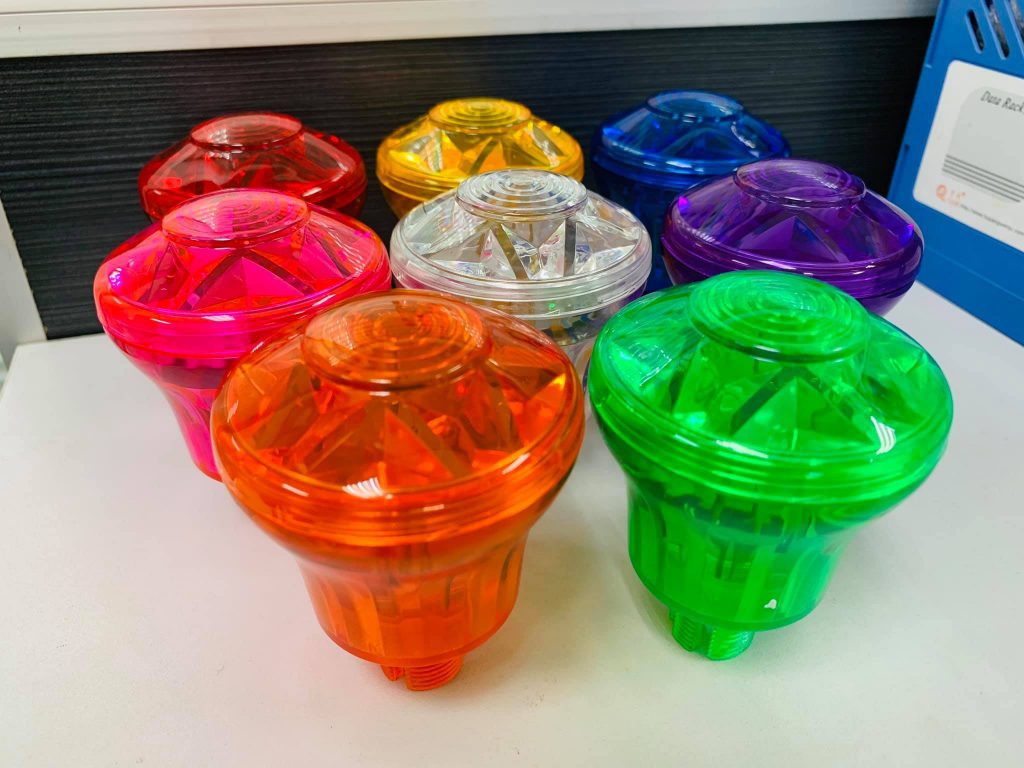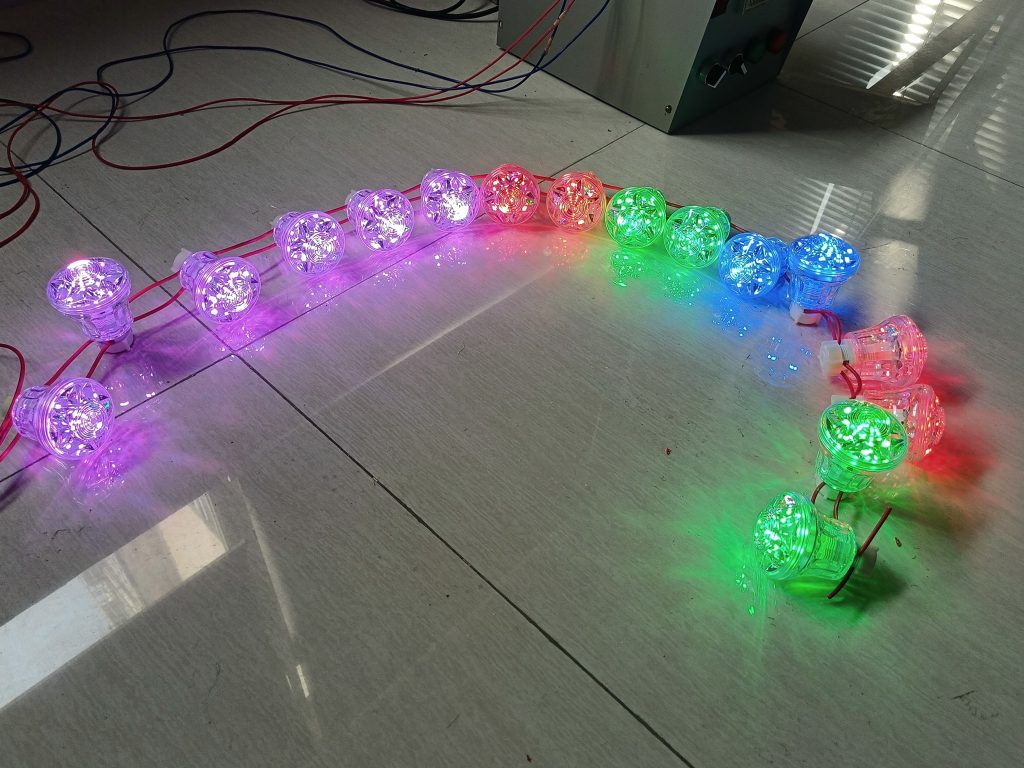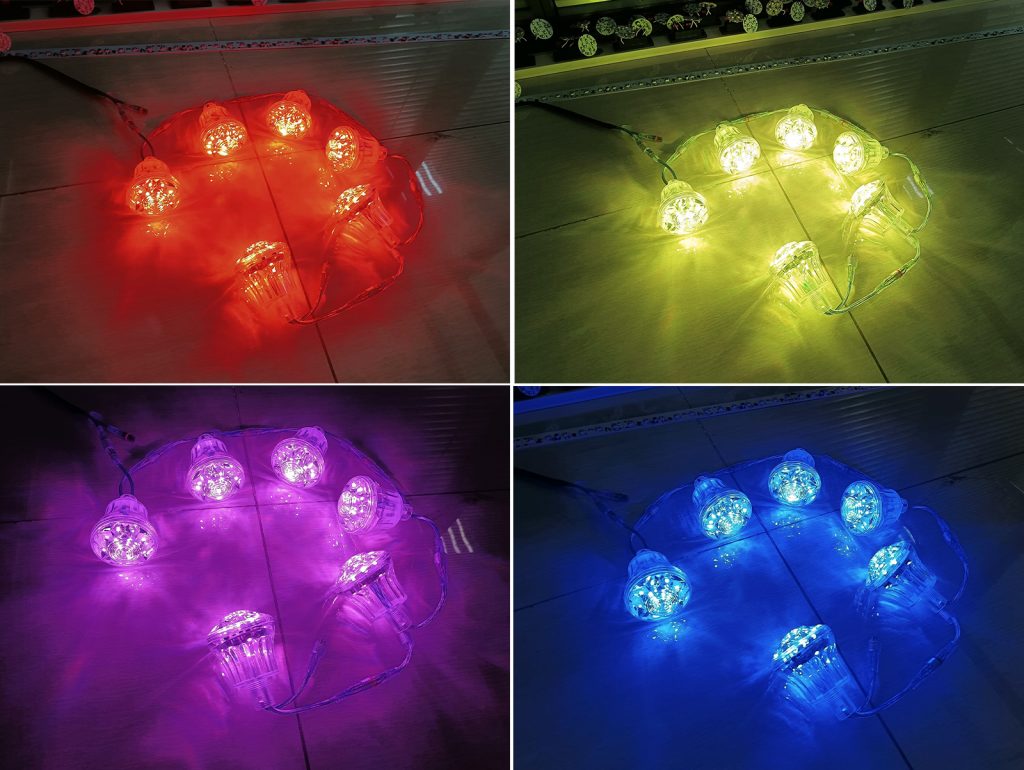What is the difference between LED light bulb colors?
LED bulbs come in a variety of colors, each with its own unique characteristics and application scenarios. The following is a detailed explanation of the differences in LED light bulb colors:
- White light series
Warm white light (2700K~3200K)
Features: Low color temperature, yellowish light, giving a warm and comfortable feeling.
Application: Commonly used in home lighting, such as living rooms, bedrooms, etc., to create a warm atmosphere.
Neutral white (4000K~4500K)
Features: Moderate color temperature, slightly white, and slightly yellow-red, neither pure white nor pure warm, providing extremely high comfort.
Application: Suitable for offices, libraries and other places that require natural light, and can better reflect the color of the object itself.
Normal white light (6000K~6500K)
Features: High color temperature, white light, similar to the moonlight or snow white at night, with high brightness.
Application: Commonly used in commercial lighting, factory workshops and other places that require high-brightness lighting.
Cold white light (7000K~10000K)
Features: The color temperature is very high, the light is blue, giving people a “cold” feeling.
Application: Usually used in special occasions, such as stage lighting, exhibitions, etc., to create a unique visual effect. - Color light series
Red light
Features: The wavelength is between 620~630nm, and the red light will not cause excessive pupil contraction. After extinguishing, the eyes do not need to re-adapt to the darkness.
Application: Commonly used in night vision equipment, monochrome photo processing, etc., and also used to create a romantic and warm atmosphere.
Green light
Features: The wavelength is between 520~580nm, and the green light brightness is low, which is suitable for reading maps or charts at night.
Application: It is also used for night vision equipment and special effects in stage performances.
Blue light
Features: The wavelength is between 460~480nm, and the blue light increases the level of contrast.
Application: Commonly used in military and theater backstage work light colors, as well as reading maps at night, etc.
Yellow light
Features: The wavelength is between 580~590nm. Yellow light has some advantages of red light and white light, which can reduce eye fatigue caused by long-term reading.
Application: Commonly used in reading lights, bedside lamps, etc., which can create a soft and comfortable lighting environment.
Other colors
Such as orange light, purple light, etc., these colors are less common in LED light bulb, but can be customized according to customer needs.
Application: Usually used for decorative lighting for special occasions, such as festivals, parties, etc. - Precautions
Choose a suitable color temperature: Choose a suitable color temperature according to lighting needs and venue characteristics. For example, warm white light or neutral white can be selected for home lighting; positive white light or cold white light can be selected for commercial lighting.
Avoid excessive lighting: Long-term exposure to high-brightness, high-color temperature lighting environments can easily cause eye fatigue and discomfort. Therefore, when choosing LED bulbs, try to avoid excessive lighting.
In summary, LED light bulb colors has its own unique characteristics and application scenarios. When choosing LED bulbs, you should consider the lighting needs and venue characteristics comprehensively and choose the appropriate color temperature and color.
















